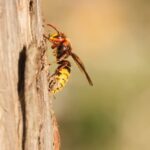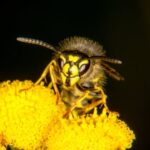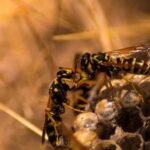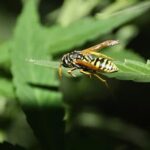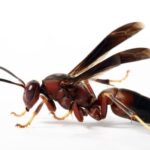Where Do Wasps Fit In The Food Chain?
Among the thousands of species of insects that live around us, wasps are arguably one of the most important. They play a vital role in the food chain. Besides being an important pollinator, wasps are also good predators. They are at the top of the invertebrate food chain, feeding on a variety of other insects.
There are about 100,000 different types of wasps throughout the world. They are divided into two categories: solitary wasps and social wasps. Solitary wasps are generally docile, while social wasps are aggressive predators. Both types can be found in the UK.
There are several species of wasps, and each species has its own diet. Some wasps feed on nectar while others consume fruit and insects. The sugar content of fruit is a favorite food source for adult wasps. In some cases, wasps regurgitate food to feed their young. Some species of wasps also eat honeydew from homopterous insects.
Wasps are mainly predators, but there are also several species that are parasitoids. These wasps regulate the arthropod population, including spiders, mites, and arachnids. Several parasitic wasps also protect wild bird nests from blowfly predation.
Several species of wasps are pollinators. They help to pollinate about 100 species of orchid. They are also important for farmers, who use them to control sugarcane borers. The University of Florence has also found that wasps help to provide nesting sites for fungus during the winter.
Wasps have a very short generation period. This allows them to closely match the fluctuations in prey populations.

